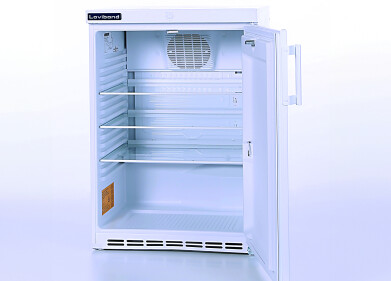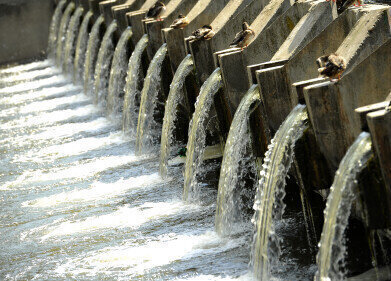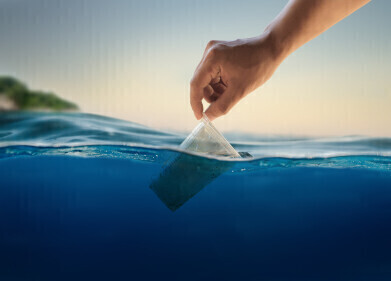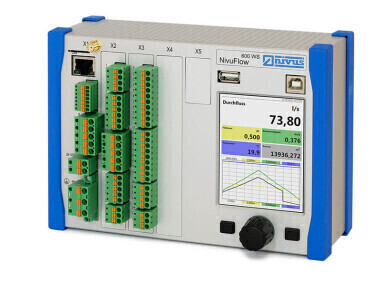Drinking Water
Economic Monitoring of Uranium in Drinking and Mineral Water
Nov 19 2008
797 VA Computrace is a straightforward, much less expensive alternative allowing measurements with superior sensitivity. Uranium is radioactive, toxic and a suspected teratogen. While different national health authorities prescribe limits in drinking water ranging from 0 up to 10 ìg/L, the World Health Organization (WHO) recommends a concentration limit of 15 ìg/L.
The AdCSV method for the voltammetric determination of the uranium content is based on complexing U(VI) with chloranilic acid (CAA) at a pH between 1.8 and 2.5. After preconcentration of the uranium-chloranilic acid complex at the working electrode, the uranium content can be determined down to the ng/L range by using the differential pulse
measuring technique (DP). The determination of uranium(VI) is specific and selective, as the positive deposition potential means that other metal-CAA complexes or organic matrix components of natural waters are either not adsorbed on the working electrode or hardly adsorbed at all. The German standard DIN 38406-17 is currently being drawn up based on this AdCSV method. This means that in future the voltammetric determination of uranium can be used as a generally recognised method for monitoring drinking and mineral water in daily practice.
Digital Edition
AET 28.4 Oct/Nov 2024
November 2024
Gas Detection - Go from lagging to leading: why investment in gas detection makes sense Air Monitoring - Swirl and vortex meters will aid green hydrogen production - Beyond the Stack: Emi...
View all digital editions
Events
Jan 12 2025 Abu Dhabi, UAE
Jan 14 2025 Abu Dhabi, UAE
Jan 20 2025 San Diego, CA, USA
Carrefour des Gestions Locales de L'eau
Jan 22 2025 Rennes, France
Safety, Health & Wellbeing LIVE
Jan 22 2025 Manchester, UK



















